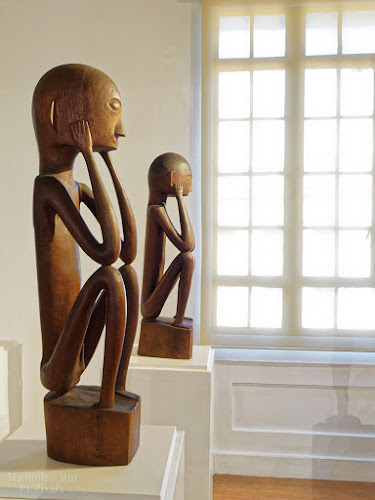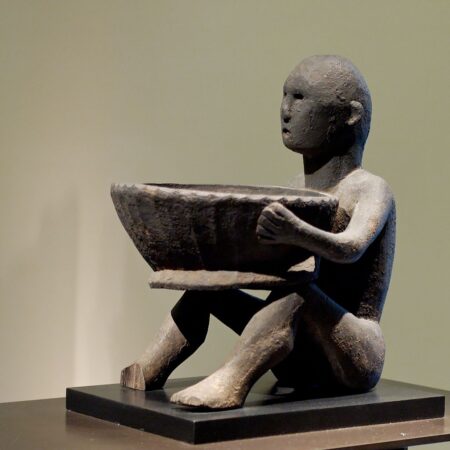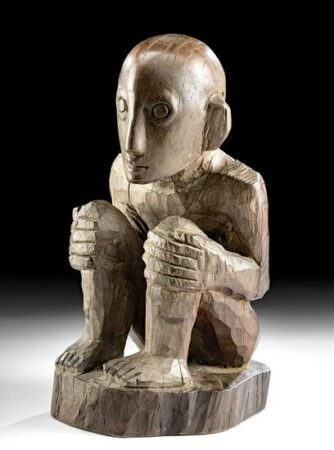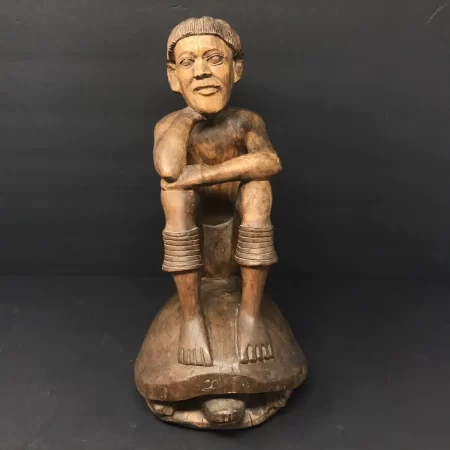
The Bulul, also known as tinagtaggu, represents a cornerstone of Ifugao cultural heritage, deeply rooted in the agricultural traditions and spiritual beliefs of this indigenous group from the Cordillera region of the northern Philippines. These carved wooden figures, often created from the revered narra tree or other hardwoods, are imbued with significant spiritual essence, serving as tangible manifestations of ancestral spirits or deities that oversee and ensure the fertility of the rice fields, the prosperity of harvests, and the overall well-being of the community.
The artistry involved in crafting a Bulul is highly respected, passed down through generations of Ifugao carvers, who imbue each figure with distinct characteristics, though most exhibit stylized human forms, serene in expression and often in a seated or standing posture, symbolizing a guardian-like presence over the community’s agricultural activities.
Tinagtaggu, or Bulul figures, vary in size depending on their intended use, the artist’s preference, and the specific traditions of the Ifugao community creating them. They can range from small, portable figures just a few inches tall, ideal for personal or family altars, to larger, more imposing sculptures that may stand several feet high for more communal or ceremonial purposes.
The size of a Bulul figure can influence its role and significance within Ifugao culture. Smaller figures are used in individual households to protect the family and ensure prosperity, while larger ones play a part in community rituals, celebrations, or as guardians of rice granaries.



